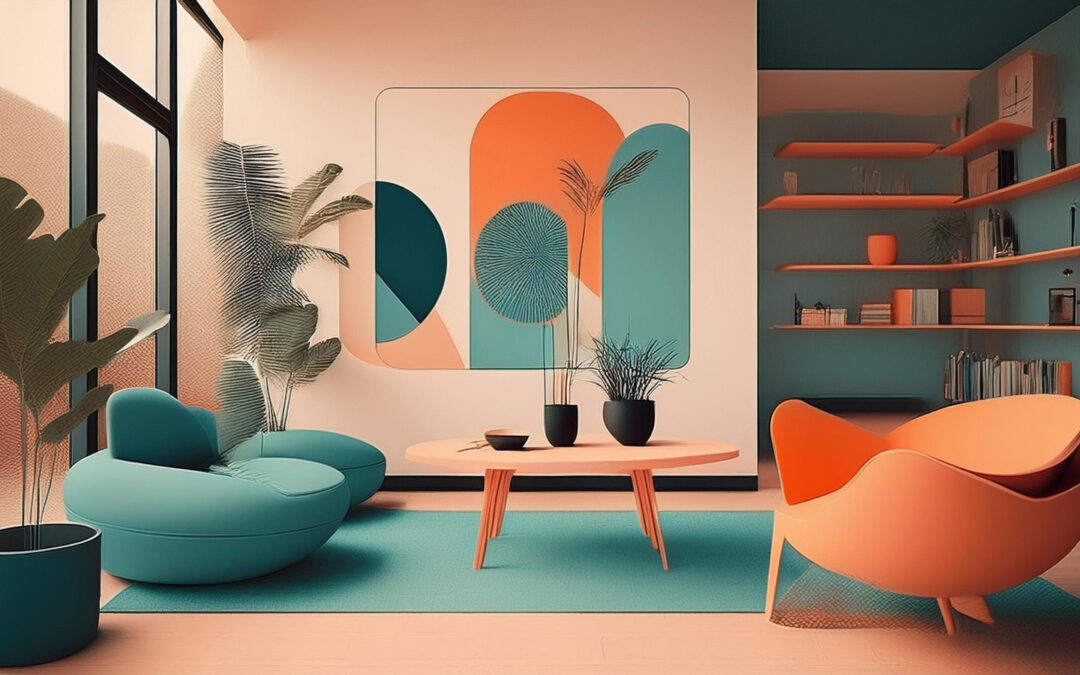The Philosophy of Minimalism
In a world often characterized by excess and clutter, minimalist design offers a refreshing alternative. By focusing on simplicity, clean lines, and essential elements, minimalist architecture creates spaces that are both visually appealing and emotionally calming.
Minimalism is more than just a design aesthetic; it’s a philosophy that emphasizes the value of simplicity and the elimination of unnecessary elements. This philosophy is rooted in the belief that by removing distractions and focusing on the essentials, we can achieve a greater sense of peace, clarity, and purpose.
Minimalism is often associated with the Japanese concept of “wabi-sabi,” which celebrates imperfection, transience, and the beauty of simplicity. This philosophy recognizes that life is inherently imperfect and that seeking perfection can lead to disappointment and frustration. Instead, wabi-sabi encourages us to embrace the natural beauty of things as they are, without striving for idealization.
Minimalism also aligns with the Buddhist concept of “non-attachment,” which emphasizes the importance of letting go of material possessions and emotional attachments. By freeing ourselves from the burdens of excessive possessions, we can cultivate a greater sense of freedom and inner peace.
In essence, minimalism is a philosophy that encourages us to live with intention and purpose, focusing on the things that truly matter in life. By simplifying our lives and eliminating unnecessary distractions, we can create a greater sense of calm, clarity, and well-being.
Core Principles of Minimalism
Minimalism is more than just a design aesthetic; it’s a philosophy that emphasizes the value of simplicity and the elimination of unnecessary elements. The core principles of minimalist design include
- Simplicity: Stripping away excess to reveal the essence of a space.
- Clean lines: Using clean, straight lines to create a sense of order and clarity.
- Neutral colors: Employing a palette of neutral colors, such as white, black, gray, and beige, to create a calm and serene atmosphere.
- Natural light: Maximizing natural light to enhance the sense of openness and spaciousness.
- Negative space: Utilizing ample empty space to create a sense of balance and harmony.
The Benefits of Minimalist Design
Beyond its aesthetic appeal, minimalist design offers numerous benefits for both physical and mental well-being. Here are just a few of the advantages of embracing a minimalist lifestyle:
In addition to these benefits, minimalist design can also help to cultivate a greater sense of gratitude and appreciation for the things that truly matter in life. By focusing on the essentials and eliminating unnecessary distractions, we can learn to appreciate the simple pleasures of life and find contentment in even the smallest things.
- Mental clarity: The simplicity of minimalist spaces can help to reduce stress and promote mental clarity.
- Emotional well-being: The calming and serene atmosphere created by minimalist design can contribute to overall emotional well-being.
- Increased productivity: A clutter-free environment can improve focus and concentration, leading to increased productivity.
- Enhanced creativity: The simplicity of minimalist design can inspire creativity and innovation.
- Sustainability: Minimalist design often involves using sustainable materials and reducing waste, contributing to a more environmentally friendly lifestyle.
Creating a Minimalist Space
If you’re interested in incorporating minimalist design into your home or workspace, consider these strategies. Begin by decluttering gradually, focusing on one room at a time. A capsule wardrobe can streamline your clothing choices, reducing clutter in your closet. Digital minimalism involves decluttering your digital space, deleting unnecessary files and apps. Invest in functional and aesthetically pleasing storage solutions to maintain organization. Incorporate natural elements like plants, wood, and stone to add warmth and texture. Avoid impulse purchases and practice mindful consumption. Regular maintenance is key to preserving your minimalist space. Remember, the goal of minimalism is not deprivation but curation of meaningful possessions. By following these tips, you can create a beautiful and functional minimalist space.
If you’re interested in incorporating minimalist design into your home or workspace, here are some tips to get you started:
- Declutter: Start by removing unnecessary items from your space. Donate, sell, or discard anything that doesn’t serve a purpose. Be ruthless in your decluttering efforts, as even small items can accumulate and create clutter.
- Choose a neutral color palette: Opt for a palette of neutral colors, such as white, black, gray, and beige, to create a calm and serene atmosphere. While you can add pops of color for accents, it’s important to keep the overall color scheme minimal.
- Incorporate natural light: Maximize natural light by removing curtains or blinds and keeping windows clean. Natural light can make a space feel larger and more inviting.
- Use clean lines: Choose furniture and fixtures with clean, simple lines. Avoid ornate or overly decorative pieces that can create visual clutter.
- Focus on quality over quantity: Invest in high-quality, durable pieces rather than accumulating a large number of low-quality items. A few well-chosen pieces can have a greater impact than many cheap or disposable items.
- Embrace negative space: Leave plenty of empty space around furniture and objects to create a sense of balance and harmony. Avoid overcrowding your space with too many items.
- Use multifunctional furniture: Consider using furniture that serves multiple purposes, such as a storage ottoman or a bed that folds out into a couch. This can help to maximize space and reduce clutter.
- Create a focal point: Choose one or two focal points in each room to draw attention. This can help to prevent the space from feeling cluttered and overwhelming.
- Incorporate natural materials: Incorporate natural materials, such as wood, stone, and plants, to add warmth and texture to your space.
Keep it simple: Remember, the goal of minimalist design is to create a clean, uncluttered space. Avoid adding too many unnecessary elements that can detract from the overall simplicity.
Case Studies of Minimalist Design
To better understand the potential of minimalist design, let’s examine a few notable examples. Japanese tea houses, renowned for their simplicity and natural materials, create a serene and meditative atmosphere. Scandinavian design, characterized by clean lines, natural materials, and functionality, is another popular minimalist style. Famous architects like Mies van der Rohe and Philip Johnson have designed iconic minimalist homes featuring open floor plans, clean lines, and negative space. Modern minimalist apartments often feature white walls, sleek furniture, and a focus on functionality. These case studies demonstrate the versatility of minimalist design, which can be applied to a wide range of spaces. By studying these examples, you can gain inspiration and ideas for creating your own minimalist space.
To better understand the potential of minimalist design, let’s examine a few notable case studies:
- The Japanese Tea House: Japanese tea houses are renowned for their minimalist design, featuring simple, uncluttered spaces that promote tranquility and focus.
- Scandinavian Design: Scandinavian design is another popular minimalist style, characterized by clean lines, natural materials, and a focus on functionality.
- The minimalist homes of famous architects: Many famous architects, such as Mies van der Rohe and Philip Johnson, have designed minimalist homes that are iconic examples of the style.
Conclusion
Minimalist design offers a timeless and elegant approach to creating beautiful, functional spaces. By embracing simplicity, clean lines, and neutral colors, you can create a home or workspace that is both aesthetically pleasing and conducive to a peaceful and productive lifestyle. Remember, the goal of minimalism is not to deprive yourself of possessions but to curate a collection of items that truly bring you joy and serve a purpose.

